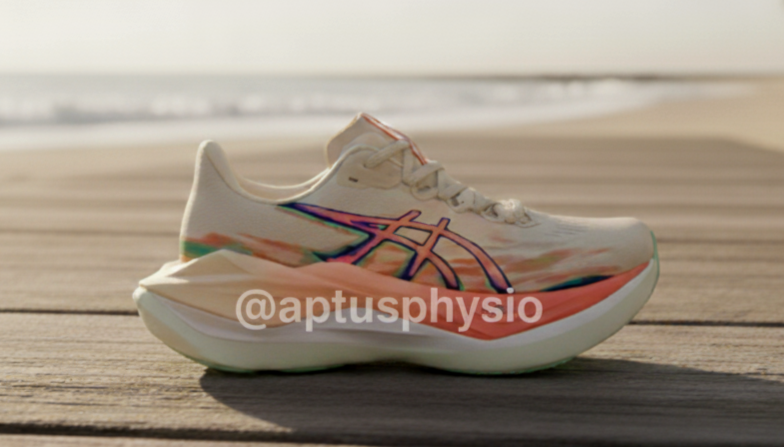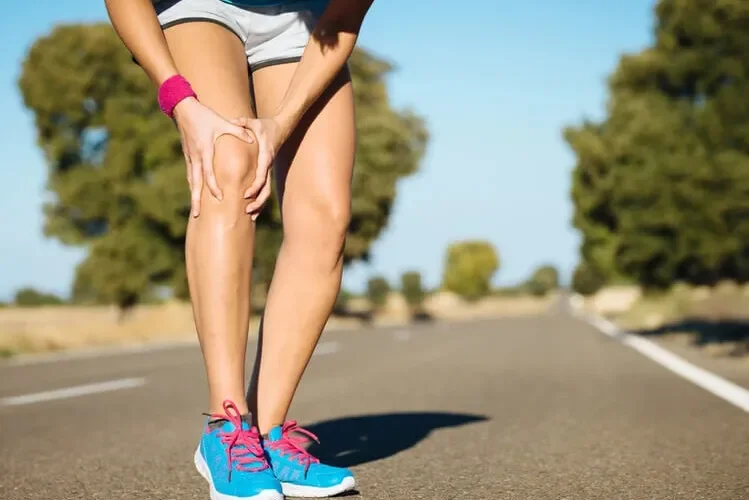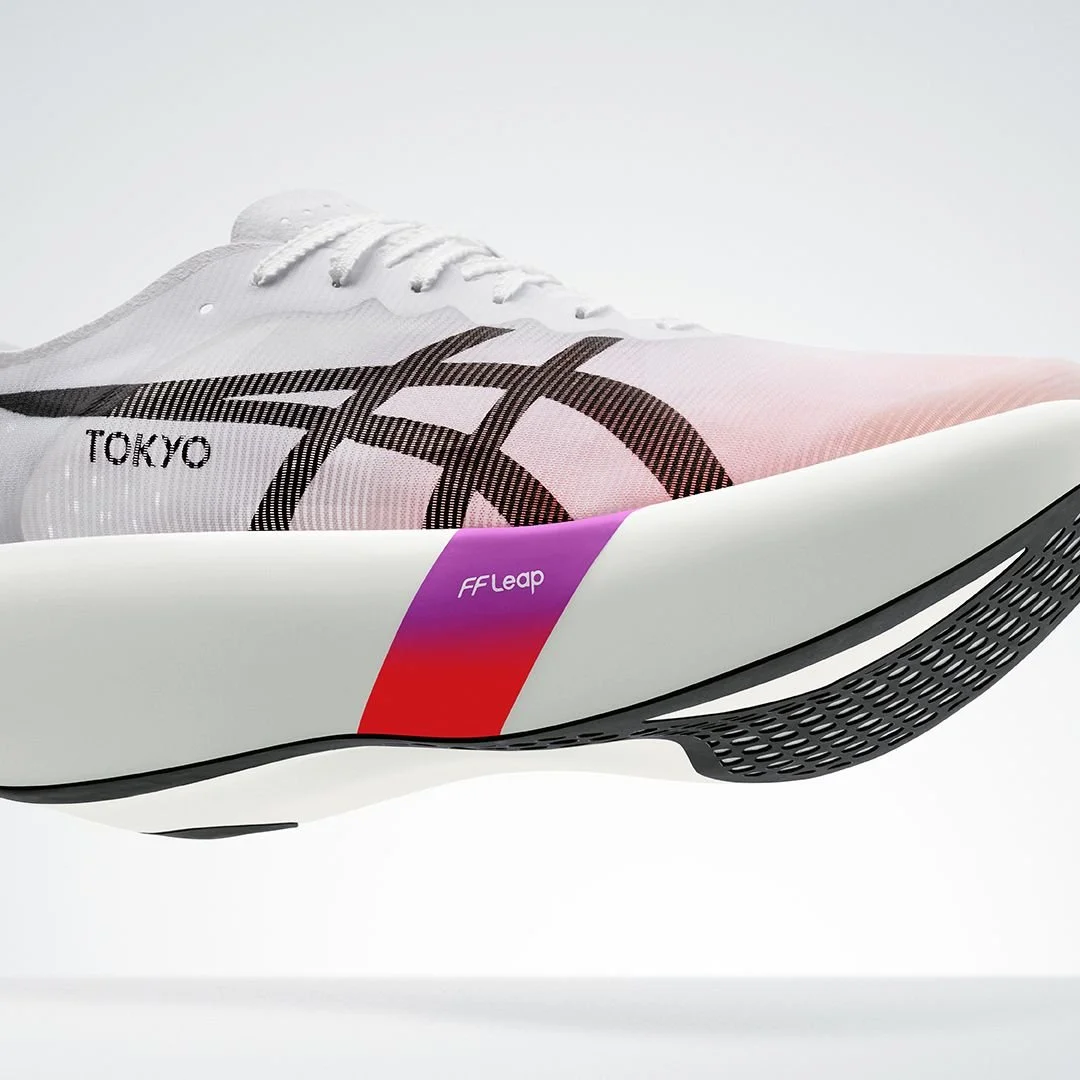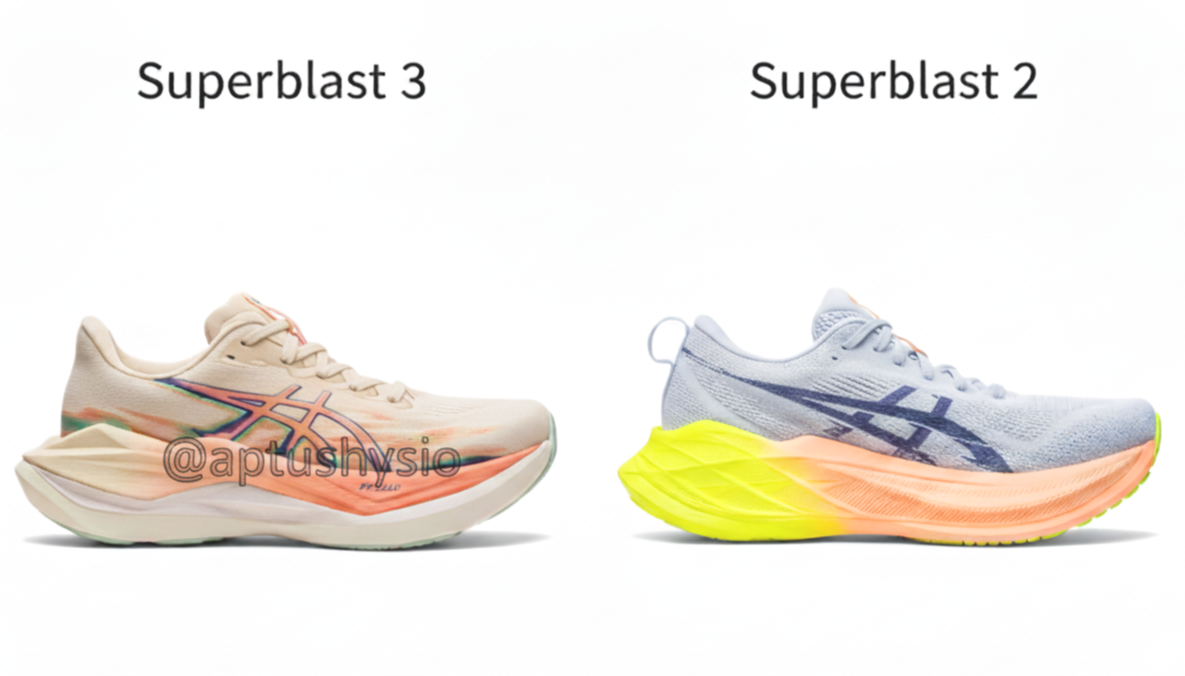ASICS SUPERBLAST 3 (2026): Physio First Look on how it will help Runners Knee Pain
When runners step foot into our Physio clinic in Redfern, Sydney, the most common complaint is often an aching pain around or under the kneecap. This to many, is known as Runners Knee. We hear this the most for those ramping up in training intensity, a long distance run or returning from weeks off training.
As 2026 approaches, runners are resetting their calendars and gearing up for the new race season and so does our attention turn towards the upcoming hyper successful super trainer from ASICS, the Superblast 3.
The relationship between maximal cushioned shoes like the Superblast and knee pain is fascinating, and the rumoured updates to the Superblast 3 give us a lot to analyze.
As detailed in our FIRST LOOK, the new model is expected to be 10grams lighter, with a higher stack height (46.5mm) and now with a more responsive midsole set up now combining FF Blast+ with FF Leap.
But what does this all mean for those experiencing Running Knee Pain?
Max Cushioning Set Up: Your Impact Shock Absorber
The most significant feature is the increased stack height, now combining FF LEAP and FF BLAST+.
The Biomechanics: The higher amount of lightweight, high-energy-return foam acts as a superior shock absorber. For high-mileage runners, this translates to a massive reduction in the peak impact forces transmitted up the kinetic chain to the knee and shin bone.
By reducing the load on your legs and joints each stride, the SUPERBLAST 3 helps to mitigate the repetitive micro-trauma that leads to stress fractures and reduces the overall compressive force contributing to Runner's Knee flare-ups.
Reduced Weight (239g): Endurance fatigue
The move to the new, lighter FF LEAP foam drops the shoe's weight while inceasing bounce.
The Biomechanics: Lighter shoes inherently reduce the muscular effort and metabolic cost of running. Research suggests that for every 100g reduction in shoe weight, the energy cost of running decreases by about 1%.
Less weight means less fatigue over long distances. Fatigue compromises running form and muscle control, which in turn increases your risk of poor loading and injury. The SUPERBLAST 3 helps keep your supporting muscles (hip and glutes) firing correctly for longer, offering better dynamic knee stability and protecting against Runner's Knee.
Stability in a Super Shoe: A Wide, Plate-Free Base.
The SUPERBLAST 3 remains unplated and is known for being remarkably stable despite its height.
The Biomechanics: The SUPERBLAST 3 maintains a wide, full-contact base, a crucial design choice that prevents the foot and ankle from rolling or oscillating excessively. This inherent stability is what makes the shoe versatile for all paces, e.g long distance, speed work.
Stability is crucial for our ankle and knee health. An unstable shoe forces your lower leg muscles to work harder to maintain alignment, leading to muscle fatigue and faulty movement patterns. The SUPERBLAST 3's stable platform gives your joints a solid foundation, which is especially beneficial for runners with mild pronation issues and is a great option when transitioning back from a major lower leg injury like a tibial stress fracture.
Physio Conclusion: Will the SUPERBLAST 3 Your Injury-Proof Shoe?
While no shoe is a magic bullet against running injuries, the ASICS SUPERBLAST 3's combination of max lightweight cushioning and excellent stability will again, position it as one of the best "Super Trainers" in 2026 for the health-conscious runner.
In our opinion the Superblast 3 will be an ideal choice for:
Runners after versatility: A versatile shoe to use for recovery, speed work and long distance training.
Runners Prone to Bone or Stress Injuries: The lighter weight, higher stack height and increased cushion can significantly reduce the bone strain that can lead to stress fractures.
Runners with Persistent Knee Pain: The shoe's dampening effect and stable base provide a mechanically forgiving ride which can help reduce and manage the symptoms of Runner's Knee.




